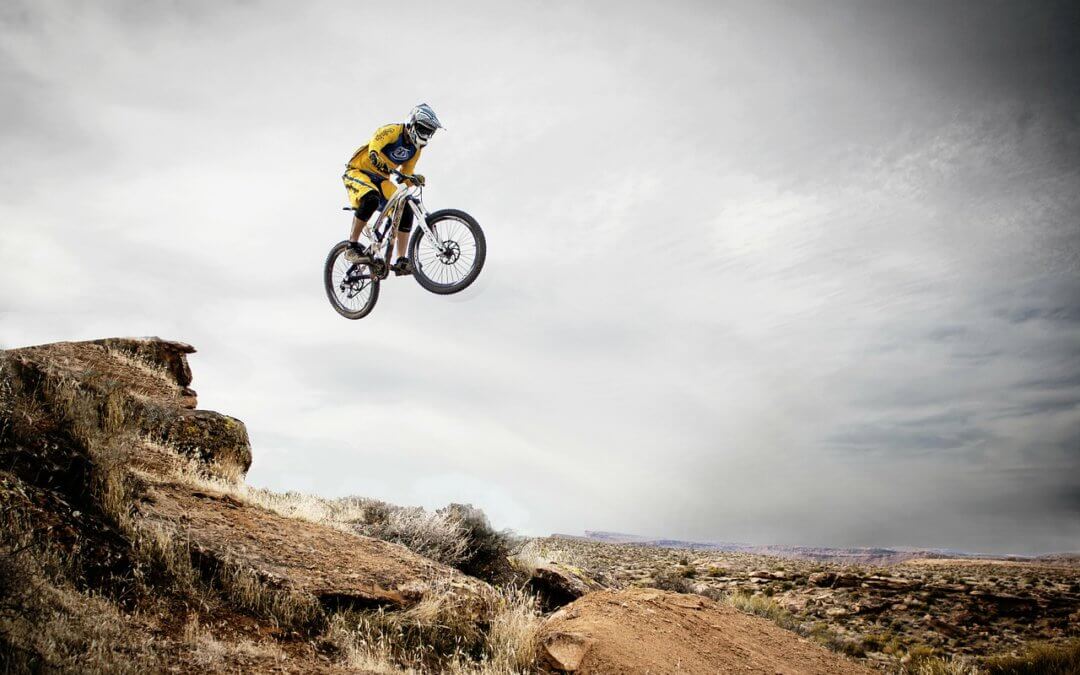Explaining shutter speed
Shutter speed is a foundational photographic technique that any beginner photographer must master. Once you know how to adjust the shutter speed and get good results you can easily take pictures. You’ll also have the capacity to capture interesting creative effects (such as a beautifully slow shutter speed blur) So if you want to become a shutter speed photographer then read! Tell me the best camera speed?
Challenges that come with adjusting shutter speed
When adjusting shutter speed, consider light and motion. A slow shutter speed illuminates a darker scene. But if the shutter speed is faster the lens will remain locked for a shorter time. Fast shutter speeds allow photographers the magical ability to freeze times with fast speeds. Experimentation during the shoot with shutter speeds will help you master what you really need and to capture in the moment, especially in fast-moving subjects. These choices give photographic possibilities driven through technical adjustive features such as technical adjustments and long exposure and how different shutter speed is capable to capture an intimate moment.
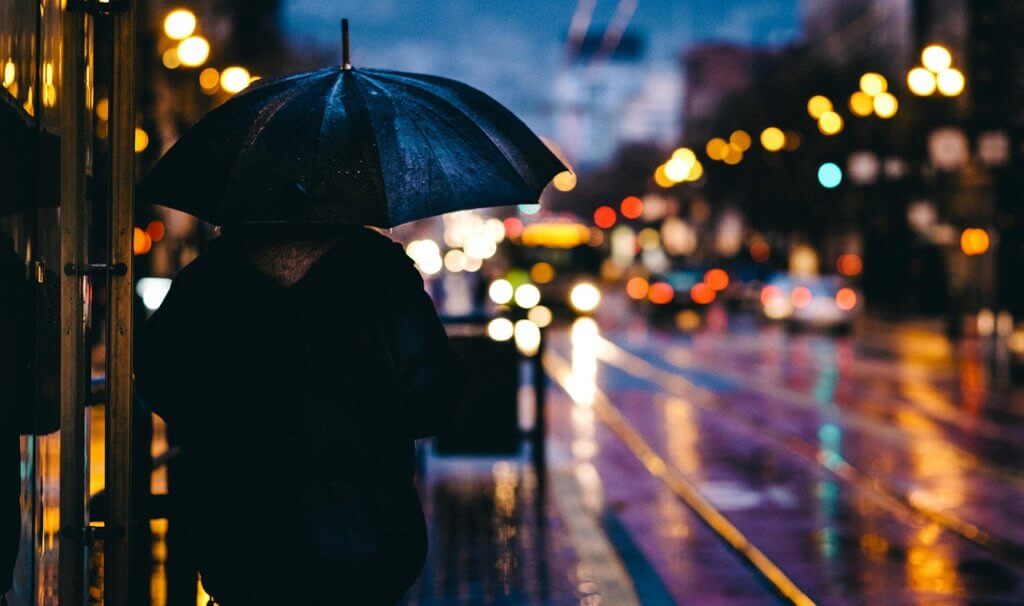
How do you choose a shutter speed?
Is there another image that I could be good at photographing and I would like to be able to see the one? The measurement of shutter speed needs consideration for the end product of the photographs. Shutter Speed gives photographic practitioners the ability to apply motion — or freeze— motion to tell a story or photograph a feeling. Practice is a skill for a photographer but to do it must be practical knowledge – practice practicing it every day – Davidson said. Practice is essential but it’s not limited to just academic knowledge but theoretical and practical knowledge he added. You can capture the energy of the moment instead of just the visual detail.
How is shutter speed measured?
Modern DSLR and mirrorless camera lenses can shoot at the fastest shutter speeds of 1/4000000 seconds. The longest shutter time available on most DSLRs and mirrorless cameras is usually 30 seconds. In some circumstances, you can use additional shutter speeds by using external remote triggers to use more shutter speeds. Some lenses of DSLR can handle speeds of up to 1/8000 of second and in faster than 1/3000 of second and 1/40th of three seconds. For example, 1/3 means a third of the second and 1/250 means one-two- hundred and five-fifth of a second (or four milliseconds)
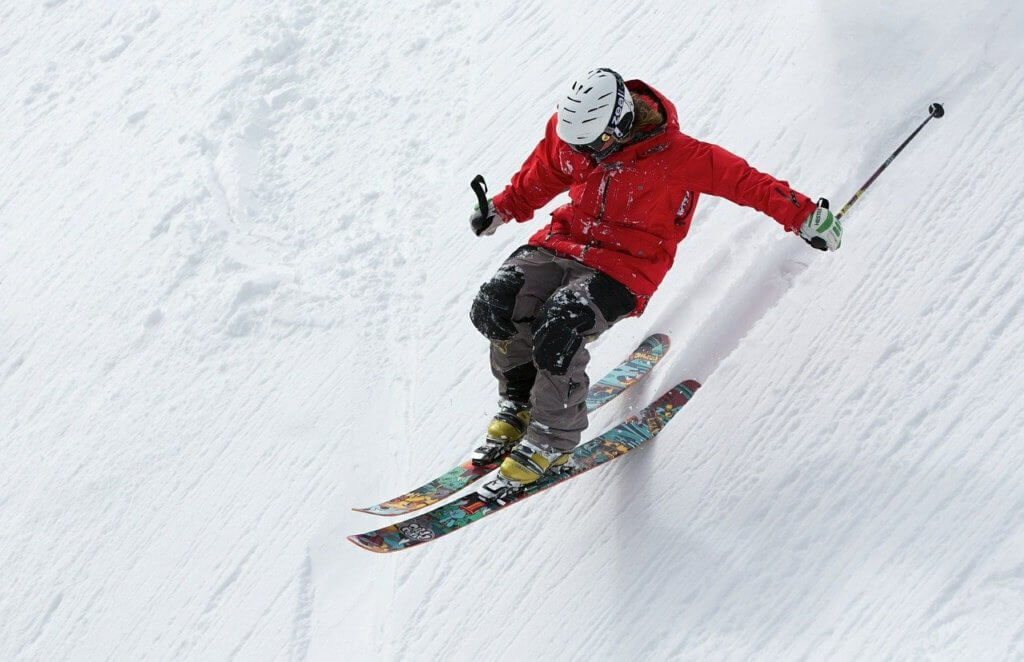
Shutter speed and exposure
One other major effect of shutter speed is on exposure which determines the color of the image. If you use a comparatively slow shutter time, the camera’s sensor takes up much light which produces a quite large photo. On a sunny day, you might need to use a rapid shutter speed to prevent photo exposure. Motion blur concerns remain likewise important and shouldn’t be neglected. There is also an aperture and ISO as well as the actual brightness of the scene in front of you, and you should pick these other settings carefully. It gives you choice when you decide the shutter speed.
How do I find shutter speed?
On most cameras camera shutter speeds do not show at least fraction of two seconds – most are more than regular units and often a number. If the camera does not have a viewfinder or screen on the rear or LCD screen it may be useful for determining the shutter speed. We’ve also made a YouTube clip explaining the shutter speed when you like learning. When you can’t see the shutter speed, set the camera to ” aperture priority ” and you must shut AUTO ISO off. Start rotating your camera from dark into bright places. The number changing will be your shutter position.
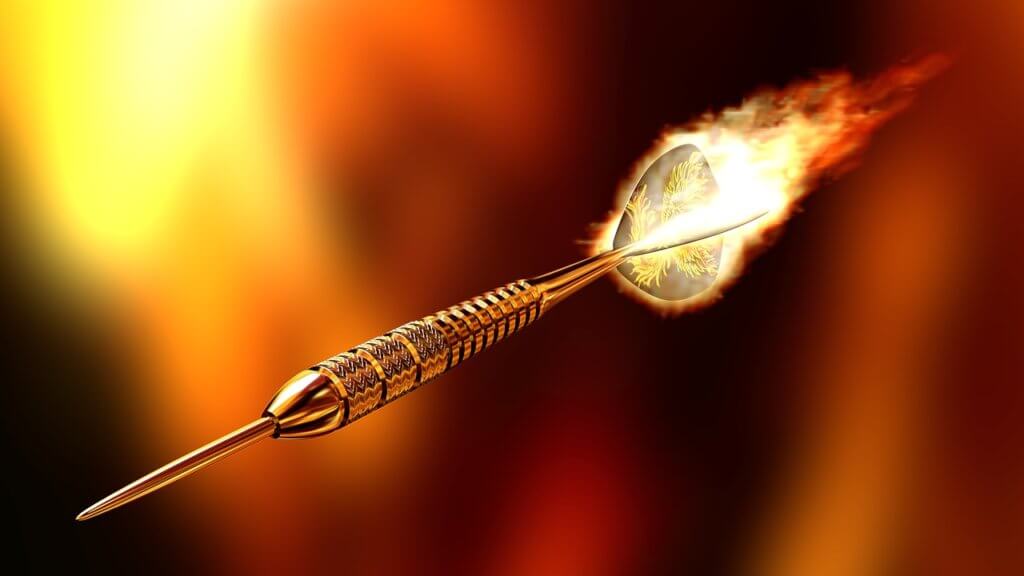
Shutter Speed FAQ
A long shutter time is normally 1 sec or faster. In comparison, a slow shutter can describe a fraction of a second such as 1/2 or 1/4. The least shutter speed is usually 30 seconds which can be changed without setting the shutter speed. Its internal apps can set shutter speed in smartphones or tablets while in Android it uses an Android SDK or Android SD. If you use an iPhone, try some camera editing services like Camera + to switch the shutter speed of your smartphone’s camera below. We also offer a table of content that describes.
Fast, Slow and Long Shutter Speed
A long shutter speed is typically over a second – whereby you will use a tripod to get sharp images. When you set a large shutter speed your picture will be blurry. Some lenses, such as the Nikon CF-150 and AF-200 have an image stabilizer capability that can allow people to capture images while holding them and. It is also essential that you know how to hold your camera and use the focal rule instead to determine how long your shutter speed should be without bringing the blur from camera shake.
How do I set shutter speed?
Most cameras have auto shut off speeds. When using AUTO-SAW, the camera will adjust the shutter speed without your input. Of course, you should set your shutter speed manually. In most cases it is recommended to select the correct shutter speed for your situation. You have to check your shots to have a perfect motion blur before you start taking any photos.
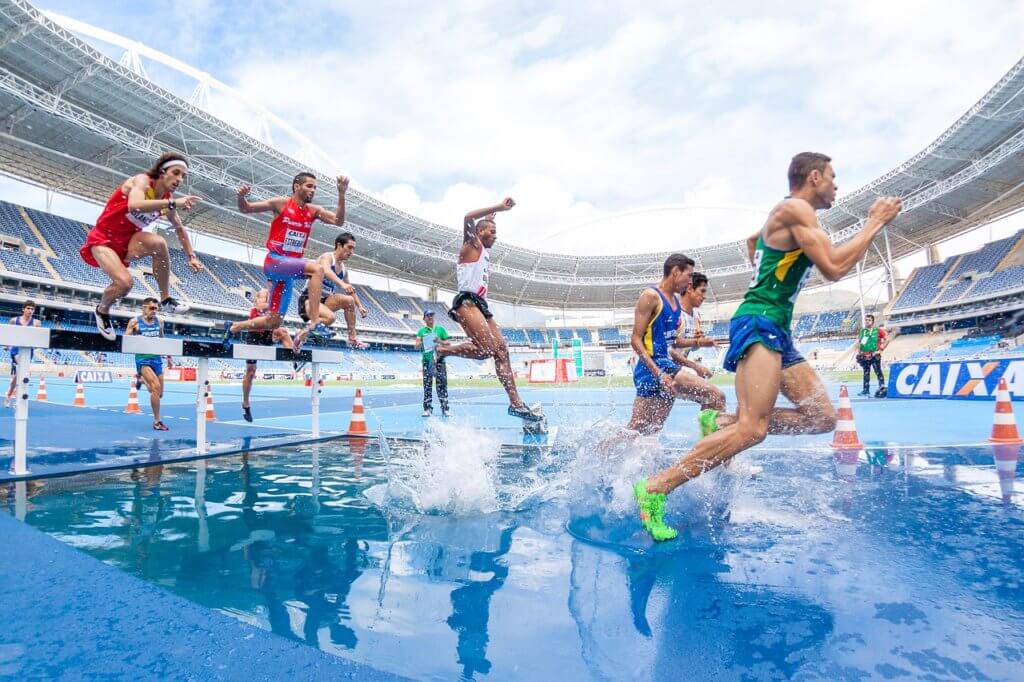
How do I set the shutter speed on my camera?
The exact shutter speed systems vary from camera to camera – but setting shutter speed is usually just as easy as rotary of a dial. Different modes are good for different situations so don’t simply pick a mode and stick to it; instead learn to adjust your mode dial depending on your photographic needs. If you use the manual mode you can specify any shutter speed at your own pace and select the aperture and the ISO. If you use the priority aperture you can select the aperture while the lens will select the shutter speed. If Shutter Priority Mode is enabled, it’s possible. Choose it. Aperture of camera.
Slow shutter speed photography
In deliberate motion-blur environments, you should reset the camera to manual mode, dialing in the exact shutter speed you want. Remember to always have a tripod for this long exposure photography. If you struggle to reach a slow enough shutter speed without over exposing the image, consider using neutral density filters to reduce image distortion. The alternative is to shoot in the very dark and capture it either within this tunnel. You know blur is not always bad it is possible to communicate movements that will create spectacular effects for instance in this waterfall photo.

What is shutter speed?
Aperture priority measures the light that hits our image sensor. The bigger the aperture the shallower the field and the more light that enters. A fast shutter speeds let in more light and gives the effects of freezing in motion. Slow shutter speeds are good in low light when you need to let more light in or whenever you want blur and movements. Higher ISO allows sensors to absorb more noise and absorb more light but causing more noise in photography. A faster shutter speed like 1/4000th of an second is useful especially in bright lights or when trying to create fast images.
What is a shutter speed?
The faster the shutter open the more lights are reflected on the sensor. There are literally thousands of possible shutter speeds that allow camera to be exposed to small and varied amounts of light simultaneously. Here are some common shutter speeds: shutter size shutter speed speed, shutter opening shutter close shutter closing images captured. It has various effects as discussed in our new chapter in this article. We’ll talk about the effects of the camera’s shutter speed in this article about how to use the shutter to capture photos in the digital world.
Bring motion to photos with slow shutter speeds
In sports photography, the overall goal is a clear image with no distortion in your shot. You should use a quick shutter speed to freeze moving images. But shots that are a slow-paced, unfocused scene can still inhibit certain types of storytelling potential. A slow shutter speed allows a picture to be told or to be captured beyond just one moment. Sometimes it’s as simple as using slower shutter speed or setting my camera to shoot a longer distance as the car goes through a shot.
Recommended shutter speed
You can use shutter speed to your advantage depending on understanding what you plan. If you find the image is blurrier then you should use faster shutter. If things are too crisp or you desire to show motion or chaos, slow your shutter DOWN. In order to slow down the speed of the shutter and improve the aperture it is useful to know the camera speed at the same time. What can you learn about changing your shutter speed?
Shutter speed and focal length
The longer the shutter is open, the easier it will become for a camera to shake. This is especially true in longer camera lenses. During handheld photography the minimum shutter speed should never exceed the focal length of your lens. If you shoot at slow speeds if not the length of your lens then maybe you have to break out the tripod. A stabilized camera or lens could also prevent some of this shaking. Likewise a 120mm lens is 1/200th of a second or slower for producing a sharp image. When you are making use of tripods then you might have to use them instead of a traditional camera.
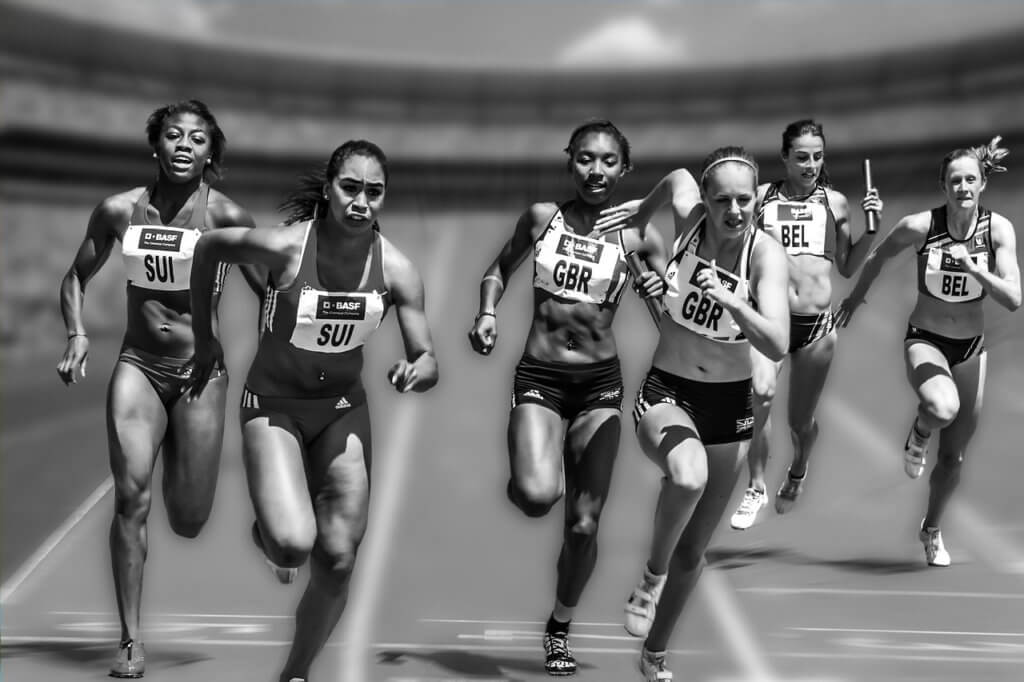
Learn in shutter priority mode
Shutter priority means you choose the shutter speed you want while the camera determines the ISO and aperture for your accurate photograph. Check in to camera shutter priority mode for an image to see what will happen when you reduce the speed or increase the shutter speed. Use this mode to better understand how different shutter speeds affect the quality of photos you see.
Use neutral density filters for longer exposures
Neutral density (ND) filters are simply glass that fit around your eye’s front lens. They reduced the influx of light. ND filters allow you to use these long exposures that blur waterfalls and smooth away sea waves. They’re useful if you want to take a long exposure on a bright day to show movement in clouds.

How do I choose the perfect shutter speed: step by step
During a busy time choosing a shutter speed can seem hard enough but once you get used it is easy. Here’s the 2-step process for you: Selecting the perfect shutter speed is quick but not always.
Boost your shutter speed (or adjust other variables) for the proper exposure
You should already have the minimum shutter speed in order to take a sharp shot. If the scene in manual mode is too far out of focus and you have to use a manual mode shutter press to activate the shutter speed. Optical image sensor. But for an ideal exposure it might mean adjusting other camera functions to avoid errors. Consider broadening the aperture – but if it’s not possible increase the ISO. It makes sense to raise the ISO for noisy images to eliminate unwanted blurries. And also by adjusting the exposure you’ll have a crisp image. And this is all done. To recap: start identifying your lowest shutter speed and then simply create modifications to the optimal exposure.
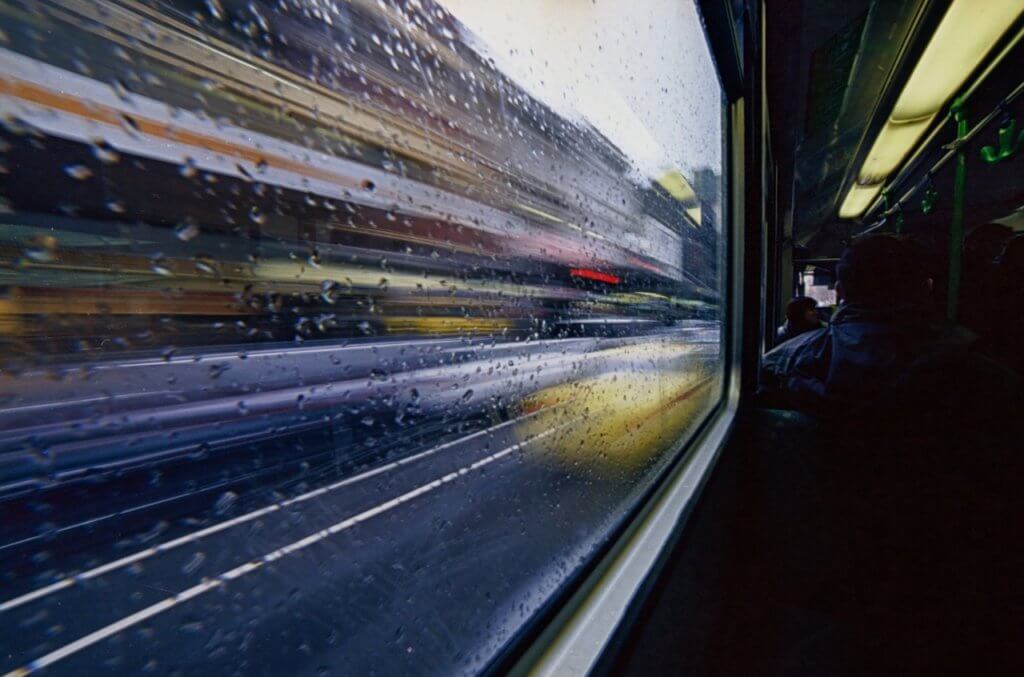
Determine the lowest possible shutter speed that will give you a sharp image
You might actually be able to determine the slowest shutter speed with age but it will need trial and error to do this. If the scene has zero movements then you can’t set any shutter speed you want. If you hold your camera, your fingers shake and it causes blur. The lowest possible shutter speed for the handheld varies depending on the individual and also on the lens. Some cameras and lenses allow for unbelievably slow handheld photographs. I’d recommend keeping the shutter speed below 1/60s for short lenses, and 1/160s for long lenses at least until.
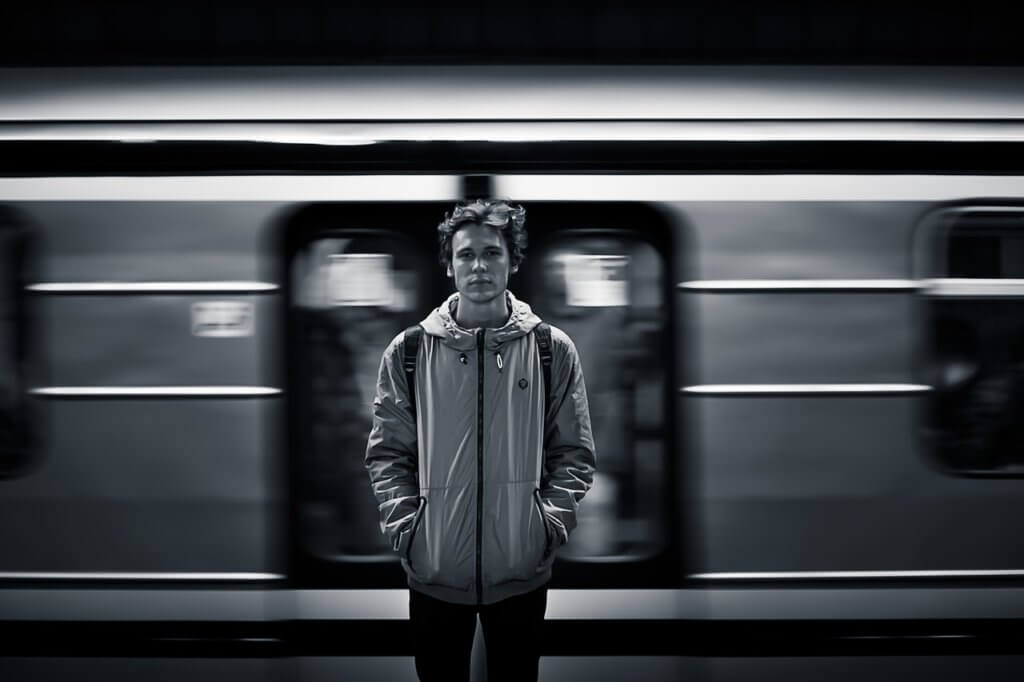
Is 1 15 A slow shutter speed?
Slow shutter speeds allow more light in the camera sensor and are used in low light and night photography where fast shutter speeds help to freeze motion. Examples of shutter speed: 1/20-1/15th of second), 1/30, 1/60.
What is fast and slow shutter speed?
Shutter speeds provide two main functions. … A slow shutter speed setting allows a higher light concentration and a slower shutter speed setting reduces light. A Fast shutter opening and closing speed is called a Fast shutter while a Slow opening and closing speed is called a Slow shutter.
